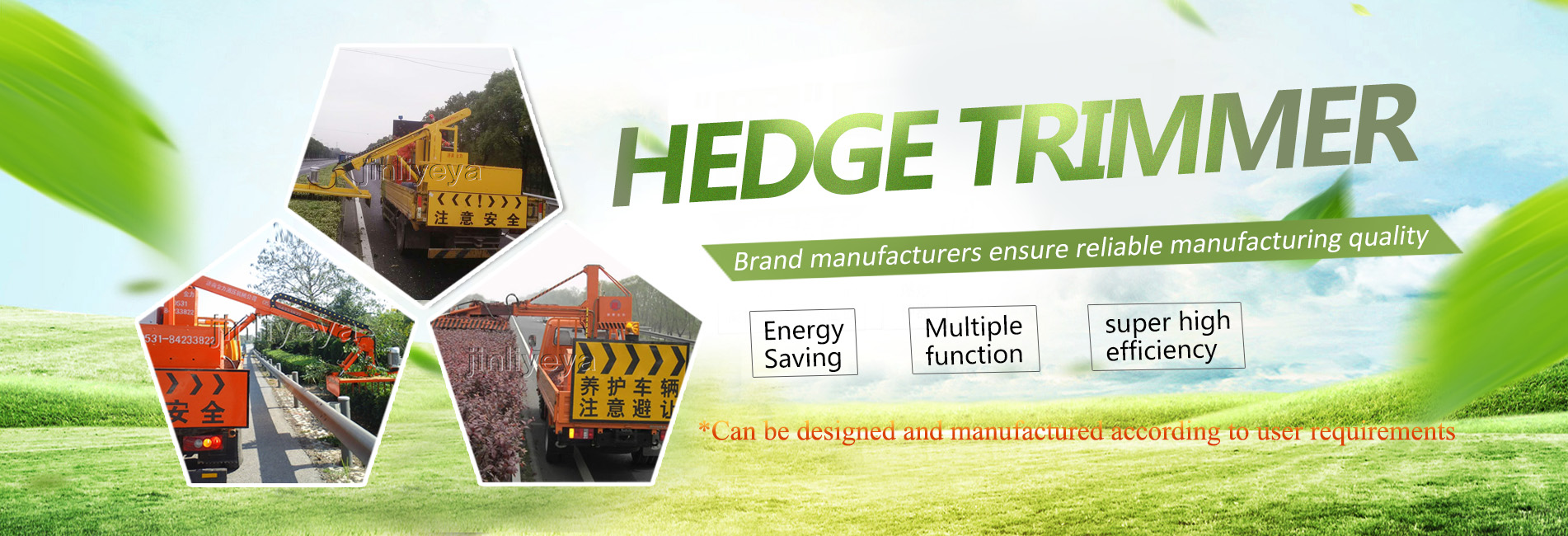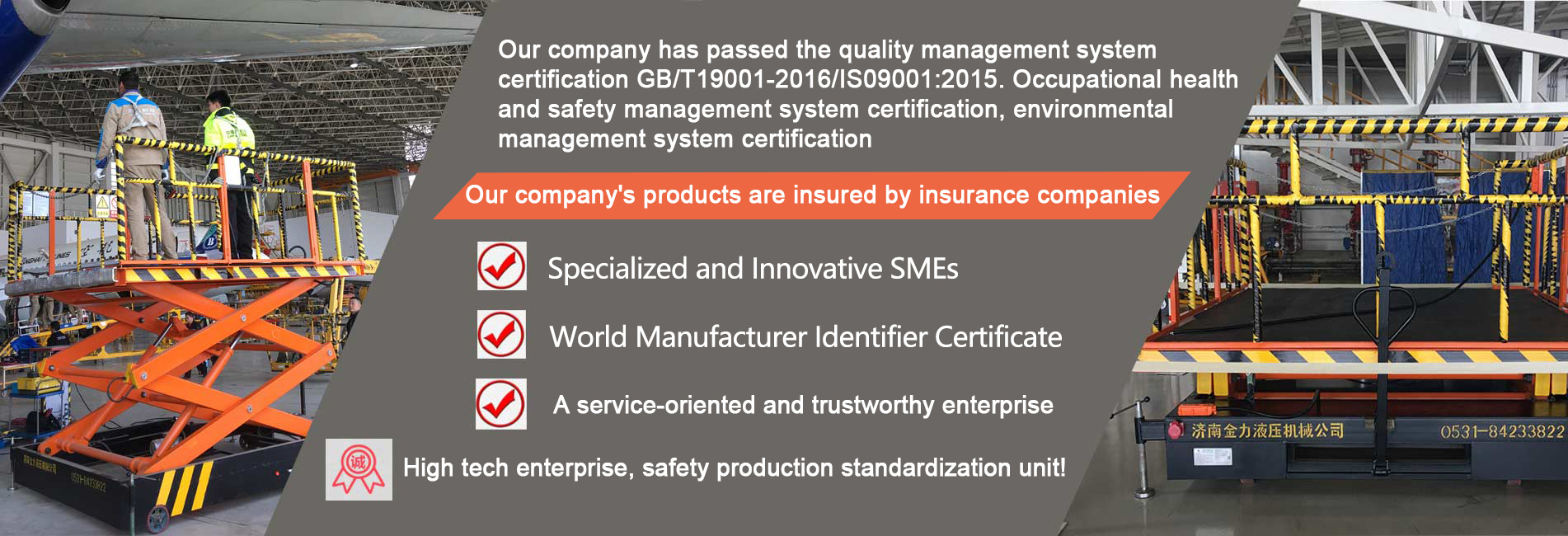

Hydraulic lift is a mechanical equipment used for vertical transportation of goods, and its design concept is mainly based on the following aspects:
1. Safety: Hydraulic elevators must ensure the safety of personnel and goods. Therefore, when designing, it is necessary to consider the stability and safety of the equipment, such as preventing equipment overturning, overload protection, emergency stop and other functions.
2. Load capacity: Hydraulic elevators need to be able to carry a certain amount of cargo weight. Therefore, when designing, it is necessary to consider the load capacity of the equipment, such as large load-bearing capacity, load distribution, etc.
3. Stability: Hydraulic elevators need to maintain stability during operation. Therefore, when designing, it is necessary to consider the stability of the equipment, such as the position of the equipment, the design of the supporting structure, etc.
4. Convenience: Hydraulic elevators need to facilitate the entry and exit of personnel and goods. Therefore, when designing, it is necessary to consider the convenience of the equipment, such as the design of the door, the design of the operating interface, etc.
5. Energy saving: Hydraulic elevators need to be as energy-efficient as possible. Therefore, when designing, it is necessary to consider the energy efficiency of the equipment, such as using energy-saving motors, optimizing hydraulic systems, etc.
6. Maintainability: Hydraulic elevators require easy maintenance and upkeep. Therefore, when designing, it is necessary to consider the maintainability of the equipment, such as components that are easy to disassemble and replace, clear fault indications, etc.
Overall, the design concept of hydraulic freight elevators needs to comprehensively consider multiple aspects such as safety, load capacity, stability, convenience, energy efficiency, and maintainability to ensure the reliability and reliability of the equipment.







